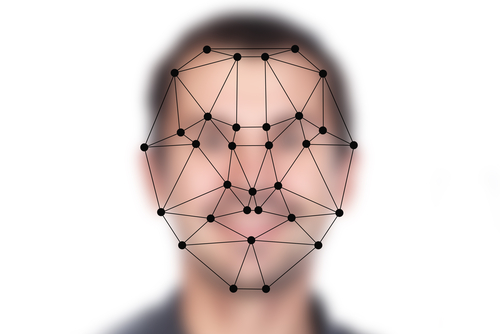Four Things You Need to Know About Biometric Airport Screening
(August, 2019)
Get ready to smile. Facial recognition machines are slowly popping up at local airports across the country and many travelers may be uninformed about this new security measure. Thoughts and questions about privacy come to mind leaving some fearing the face scanning machines. Here are four things you need to know about the biometric airport screening process.
- What Is It?
Biometric screening or facial scanning is designed to verify travelers’ identities by cross-checking facial scans with passport photos already on file. The identities of travelers are measured by unique facial features such as the distance between your eyes, nose, forehead and chin. Basically, a camera takes your picture and U.S Customs and Border Protection (CBP) matches it to a photo Homeland Security already has of you. CBP will store scanned traveler photos for no more than 12 hours post-verification, and are then deleted. The facial recognition systems are already being used at nearly 20 top airports around the country. The US Department of Homeland Security says CBP is working toward implementation of biometric screenings to cover more than 97 % of departing commercial air travelers within the next four years.
- Why Do We Need It?
Biometric screening will be used for security, check-in, bag-drop, boarding and immigration entry. The government sees it as a method to support the homeland security, defense and justice missions. Furthermore, facial scanning is also being used for traveler convenience as the new technology makes way for increasing futuristic systems. Examples of automation include a wheelchair that uses facial scanning to identify a traveler’s gate, drive the passenger to the gate and drive itself back to a pick-up location.
- Who’s Involved?
Most airlines have already stepped up to include the new technology in security measures. Delta Air Lines, United Airlines, American Airlines and JetBlue Airways have all tested or implemented screenings. Southwest Airlines is the only major carrier that has yet to roll out a process. The Transportation Security Administration (TSA) is also heavily involved as the administration has rolled out a security checkpoint pilot program in Atlanta.
- How Does This Impact Travelers?
There is one advantage to biometric screening that travelers will love: shorter boarding times. Facial screening decreases the amount of airport staff that is need during the boarding process and in return travelers can board faster without having to show a boarding pass or ID.
One of the downsides of the system is traveler concern for privacy. Will a traveler’s face be used to monitor him or her everywhere they go? This question is the reason the American Civil Liberties Union is against the biometric screening, but CBP and TSA have both conducted assessments that assure facial screening is guided in principles of security effectiveness and privacy.
Though privacy is a concern, biometric screening will be in full force around the entire country in the next few years. Travelers should know that they can currently opt out of facial scanning if they are wary of the process, but any current photos in the system will remain as part of a picture gallery which is created prior to flying.




Leave a Reply
Want to join the discussion?Feel free to contribute!